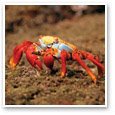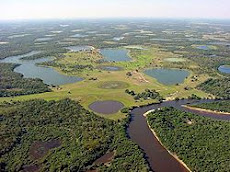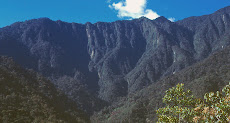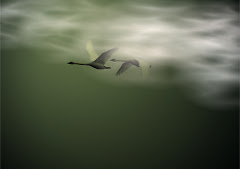
Argentina
SAN GUILLERMO Reserve
General Description
The San Guillermo Biosphere Reserve in the northwest of San Juan province represents the mixed mountain and highland systems in the foothills and mountains of the Andes occupying the west sector of Catamarca, La Rioja, San Juan and Mendoza Provinces. The Biosphere Reserve constitutes two phytogeographical regions: the Chaco and the Andean region. The Chaco is a humid and swampy region extending from Bolivia and Paraguay to northern Argentina. The Andean region consists of steep and rugged highlands with river valleys and lakes, which support migrating species as the Andean flamingo and mammals as vicuna (Vicugna vicugna) and guanaco (Lama guanicoe). The Biosphere Reserve contains grasslands with or without shrubs and sub-desertic open matorral with valleys and steep slopes. It also comprises important archaeological sites and ancient indigenous villages in the Cerro las Tórtolas (6,323 metres above sea level), Cerro las Flechas (5,350 metres) and Cerro del Toro, an ancient ceremonial monument. Only 300 people (1999) live in the Biosphere Reserve temporarily, engaged mainly in mining activities, some cattle raising and hunting. A management plan is being elaborated with local authorities and local communities.
Major ecosystem type
Mixed mountain and highland systems
Major habitats & land cover types
Mountains with river valleys including Adesmia horrida, A. pinifolia, Senecio oreophyton, Artemisa mendozana etc.; grassland with or without shrubs characterized by Stipa frigida, Lacium spp., Adesmia horrida etc.; sub-desertic open matorral with valleys and steep slopes including species such as Larrea divaricata, Bulnesia retama and Atriplex lampa; open shrub matorral
Location: 28°27' to 29°55'S; 69°05' to 70°02'W29°10'S; 69°20'W (central point)
























